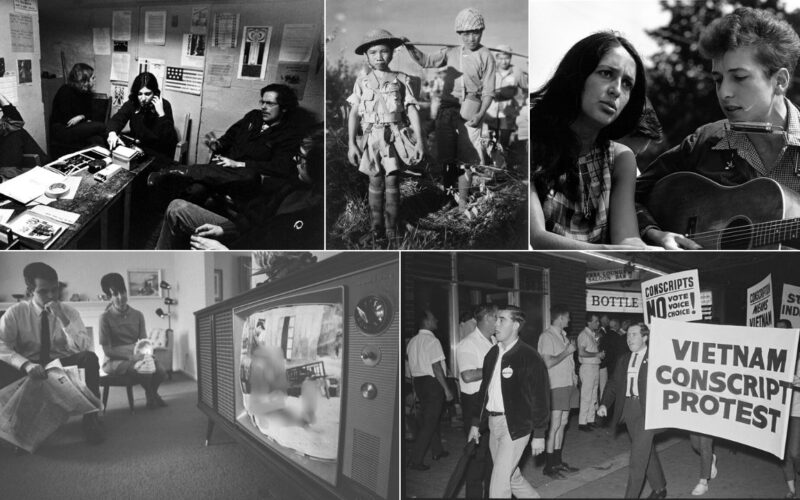The Vietnam War wasn’t just history, it was a turning point in American identity. While modern teens may think of it as a backdrop for protest songs and retro fashion, the truth is far more complex. From unexpected battlefield strategies to the emotional toll on young soldiers and civilians, these facts reveal a side of the war most people never hear about in class. Here’s what makes this war still so shocking and important to understand today.
1. Teen Soldiers Were Common
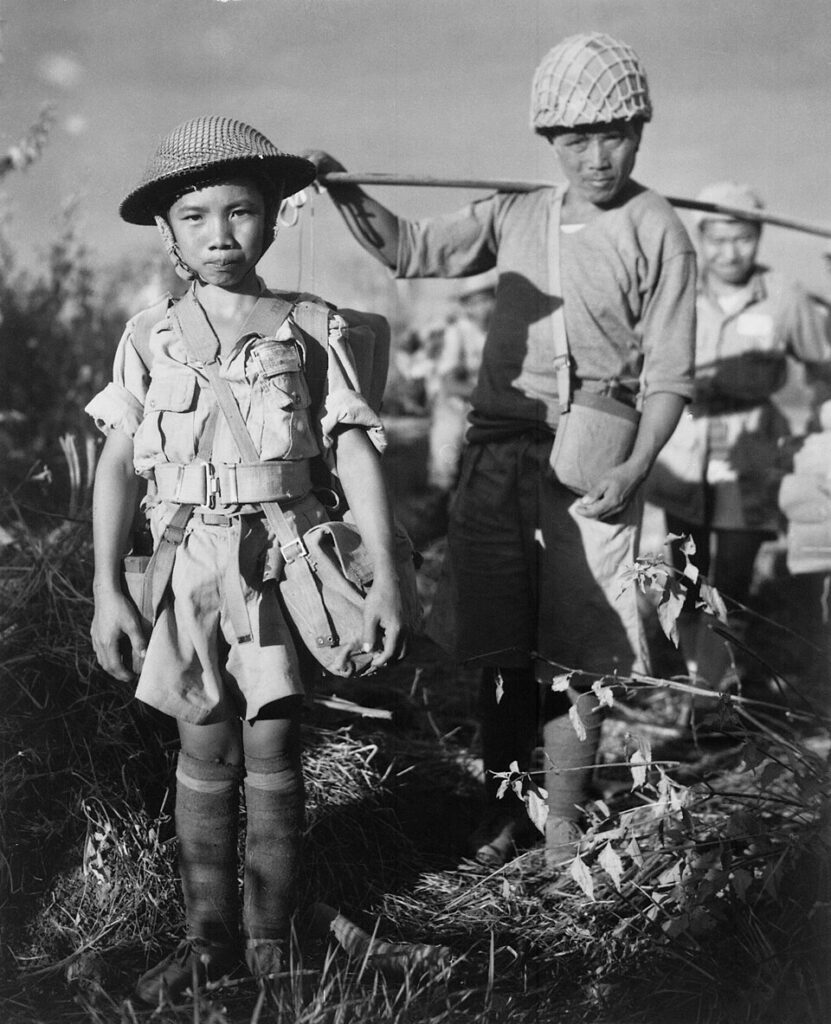
Most American soldiers in Vietnam weren’t seasoned veterans, they were barely out of high school. The average age was just 19. Many were drafted or enlisted straight after graduation, entering a brutal war they barely understood. These young men faced intense combat, unfamiliar terrain, and lasting trauma. Today, it’s almost unthinkable for teens to be on the front lines, but in the ’60s and ’70s, it was a harsh and very real reality.
2. A Draft Lottery Changed Lives
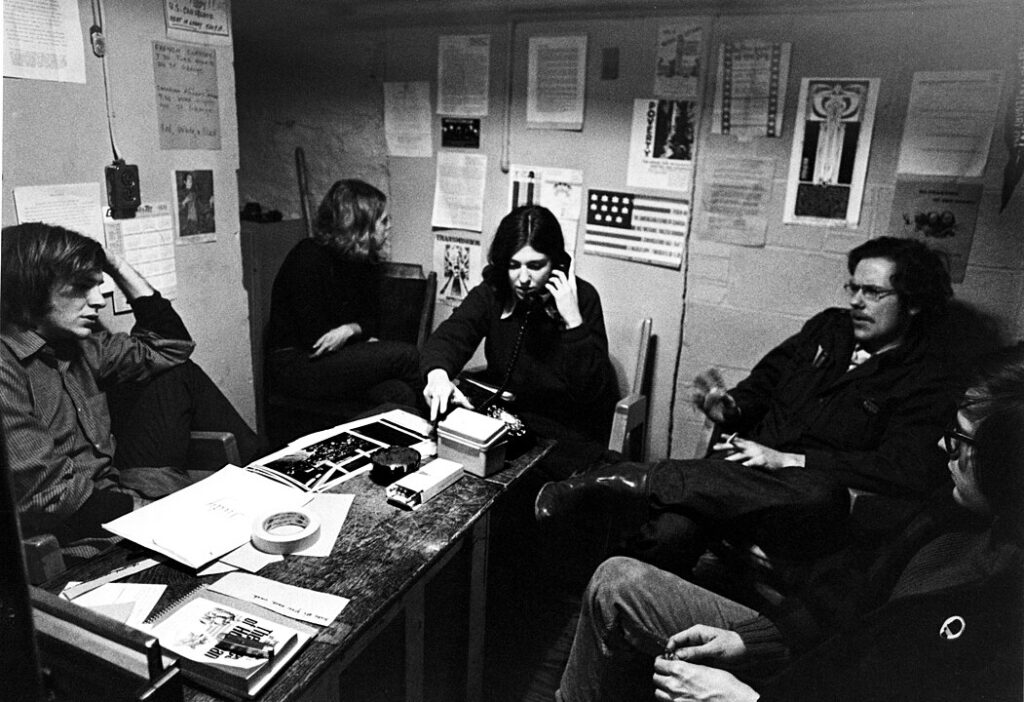
In 1969, the U.S. introduced a televised draft lottery to decide who would serve. Birthdates were randomly selected from capsules, assigning numbers that determined the order of call-up. If your birthday landed early in the draw, your chances of going to war skyrocketed. Families across the nation watched anxiously as the future of their sons was decided live. The randomness and fear made the draft deeply unpopular and politically explosive.
3. Protesters Faced Real Danger
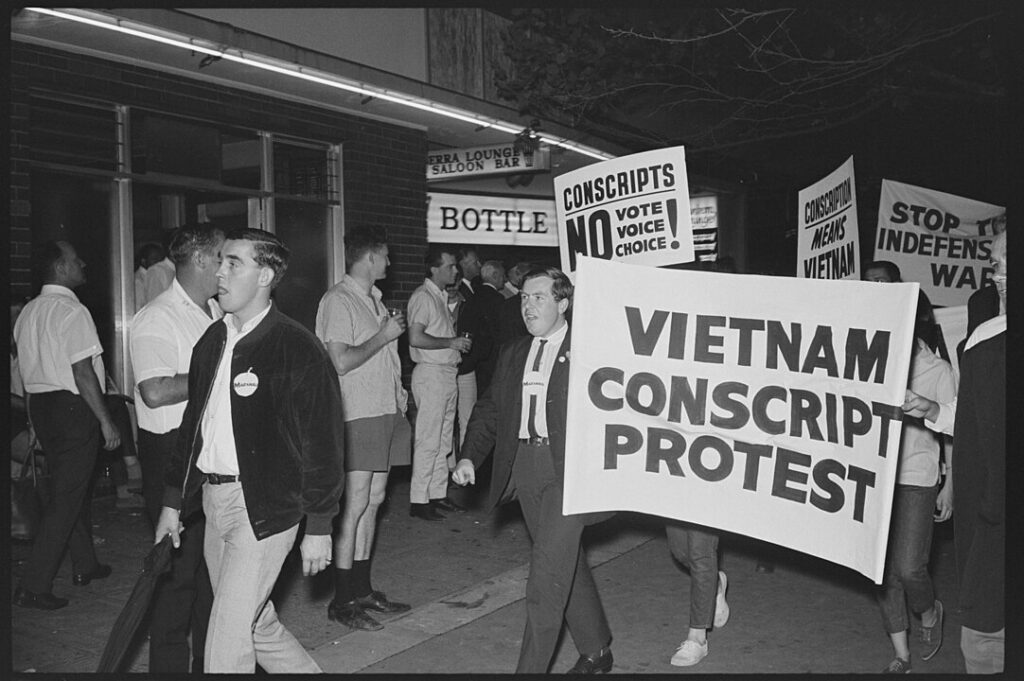
Opposition to the war wasn’t just slogans and peace signs. Student protests grew intense, and the 1970 Kent State shooting shocked the nation when the National Guard opened fire, killing four unarmed students. It showed that standing against the war came with real risks. Across the country, campuses became battlegrounds of a different kind, where young people voiced their resistance, and sometimes paid the price for doing so.
4. The War Was Televised
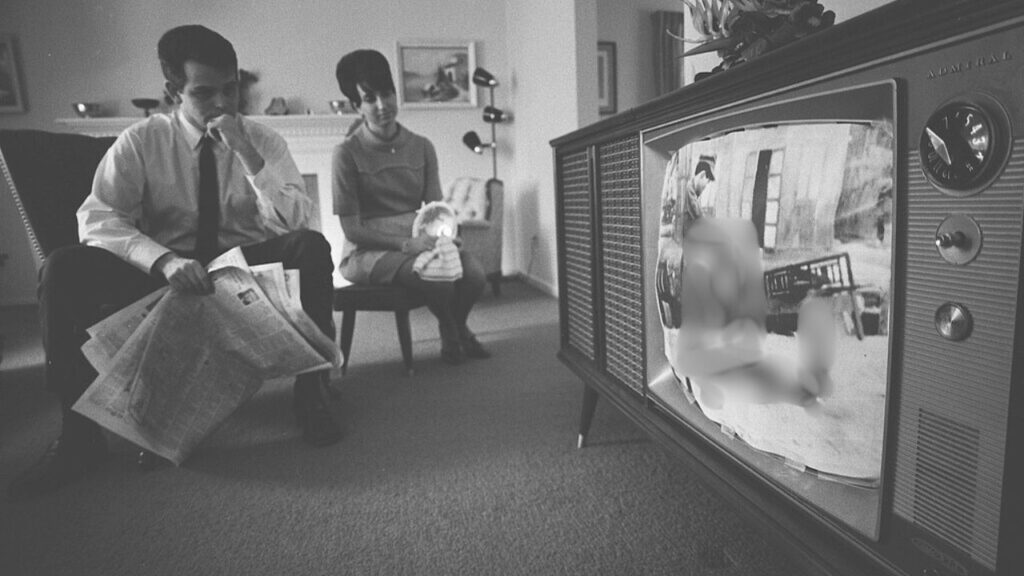
The Vietnam War was the first conflict to be broadcast directly into American homes. Graphic images of wounded soldiers, burning villages, and body bags filled the nightly news. This constant stream of raw footage made the brutality of war impossible to ignore and turned public opinion sharply against the conflict. It marked the beginning of media-driven war coverage and changed how people viewed both war and the government.
5. Guerrilla Tactics Confused Troops
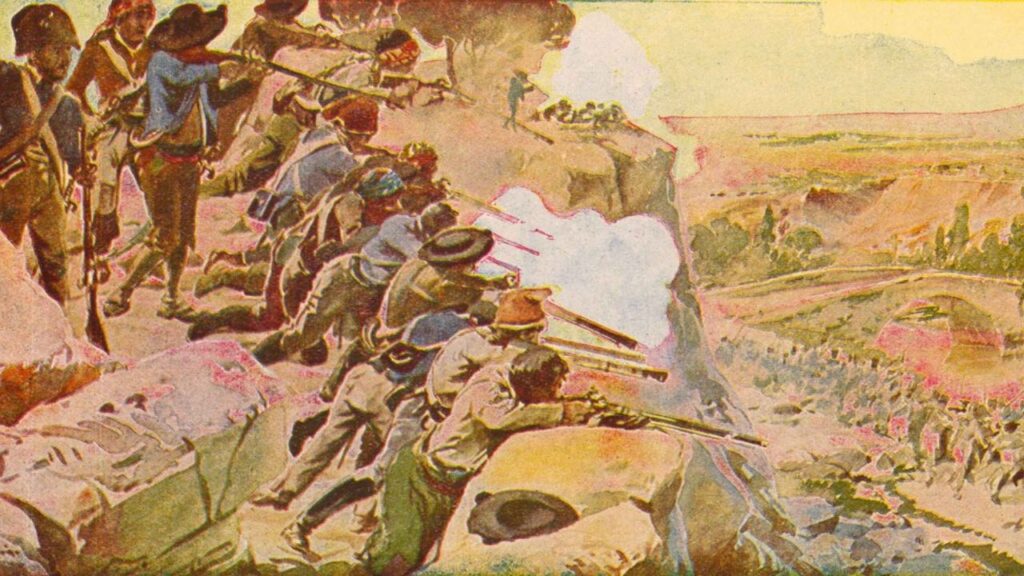
Unlike traditional wars, U.S. forces faced a hidden, agile enemy. The Viet Cong used guerrilla tactics like ambushes, underground tunnels, and booby traps, making combat unpredictable and terrifying. American troops often couldn’t tell civilians from enemies, and traditional battlefield strategies failed. This type of warfare wore down soldiers mentally and physically, creating a chaotic environment where trust was hard to come by.
6. Napalm and Agent Orange Were Used
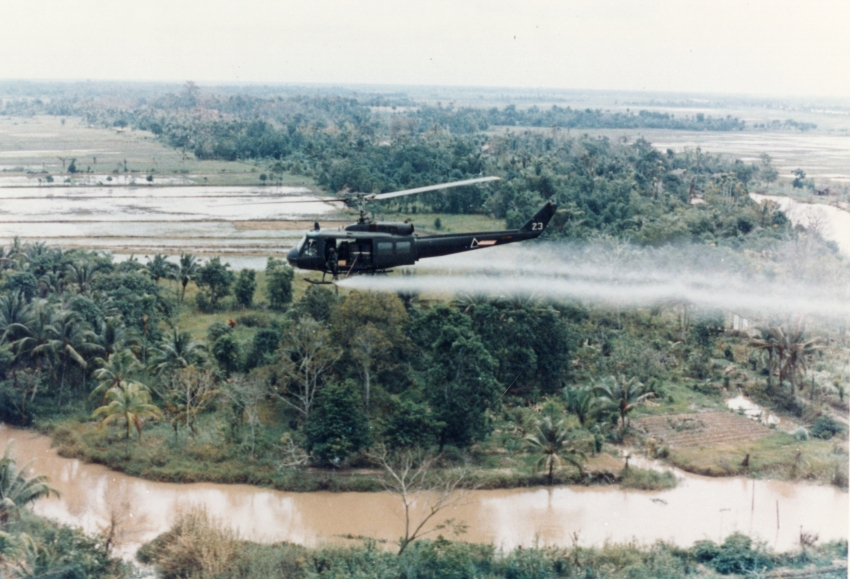
The U.S. military used powerful chemical weapons in Vietnam. Napalm burned everything it touched, while Agent Orange destroyed crops and forests, but also caused serious health problems. Millions were exposed, leading to cancer, birth defects, and environmental damage that still lingers today. These chemicals affected both Vietnamese civilians and American soldiers, leaving behind a controversial legacy that continues to spark debate.
7. Helicopters Ruled the War
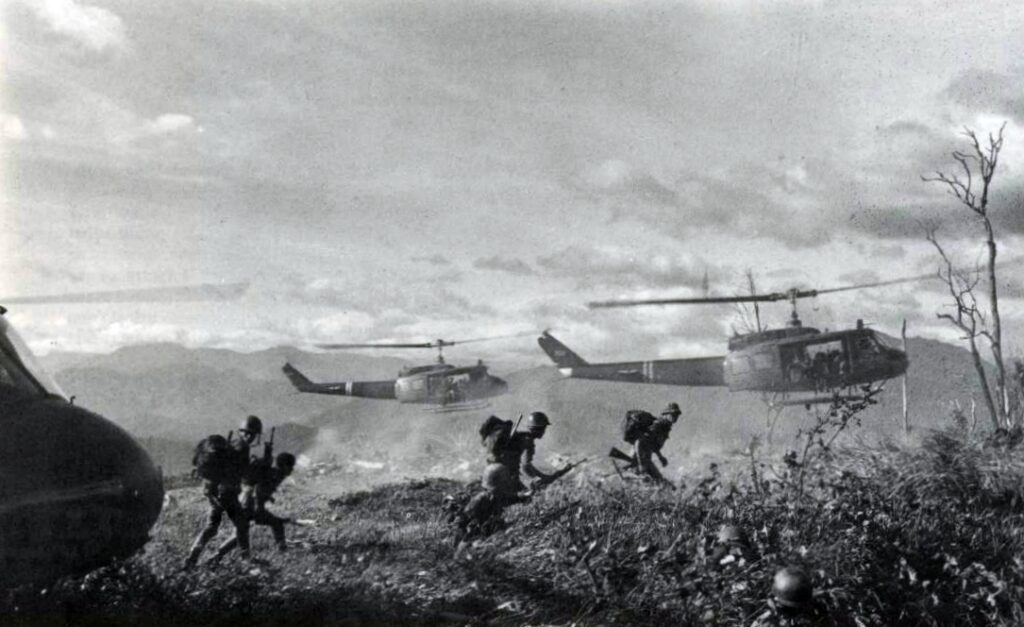
Helicopters became the war’s signature vehicle. They flew into dangerous zones, evacuated the wounded, and launched sudden attacks. This “air mobility” changed the way wars were fought, offering speed and flexibility in tough terrain. Soldiers often depended on choppers to survive, creating the now-iconic image of troops climbing aboard under fire. It was a fast-paced, dangerous lifeline, and a symbol of the war itself.
8. War Wasn’t Just in Vietnam
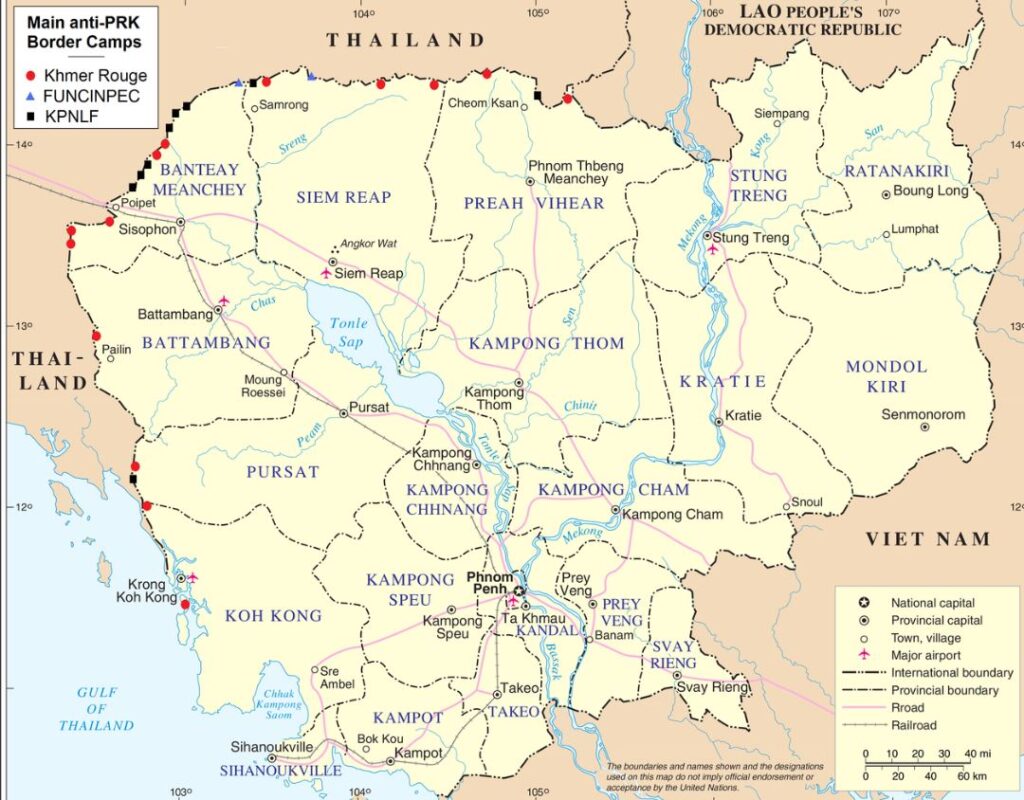
While the focus was on Vietnam, the war spilled into neighboring countries like Laos and Cambodia. Secret U.S. bombing campaigns targeted enemy supply lines, sparking controversy and long-term consequences. Many Americans didn’t even know about these operations until years later. This expanded battlefield complicated the war, destabilized the region, and drew criticism for dragging more civilians into the conflict.
9. Veterans Faced a Cold Welcome
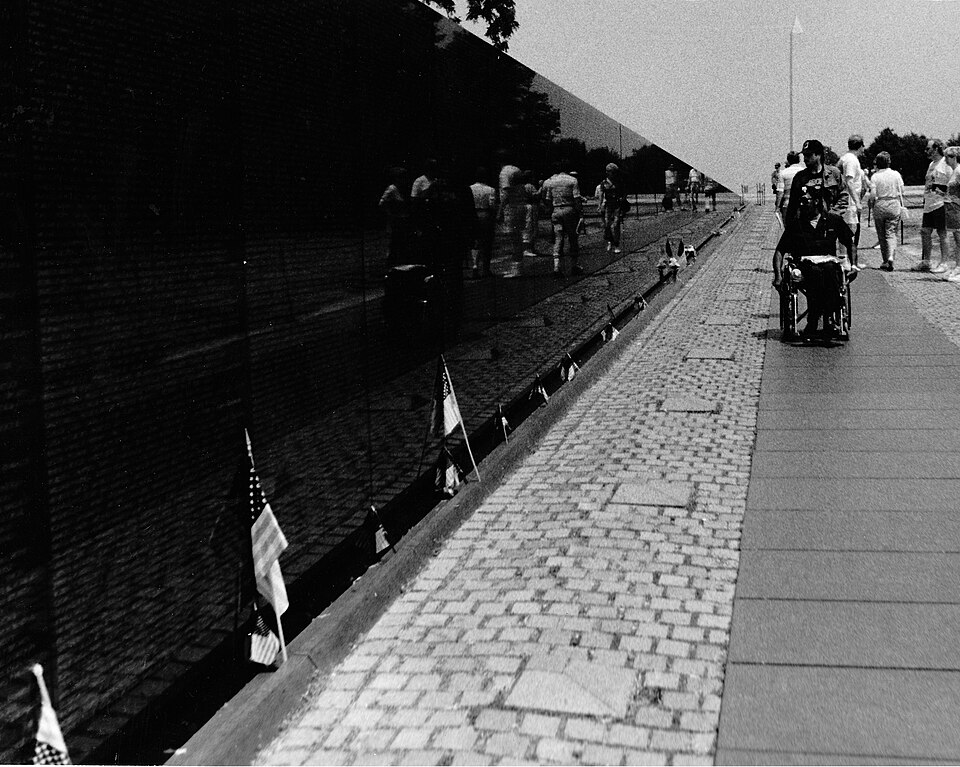
When Vietnam vets came home, many didn’t receive parades or gratitude. Instead, they were often ignored or even blamed for the war’s failure. Some were called names, while others struggled with PTSD and found little support. The public’s anger at the government and war sometimes unfairly fell on those who served. It was a painful return that added to the scars many veterans already carried.
10. The War Changed Music Forever
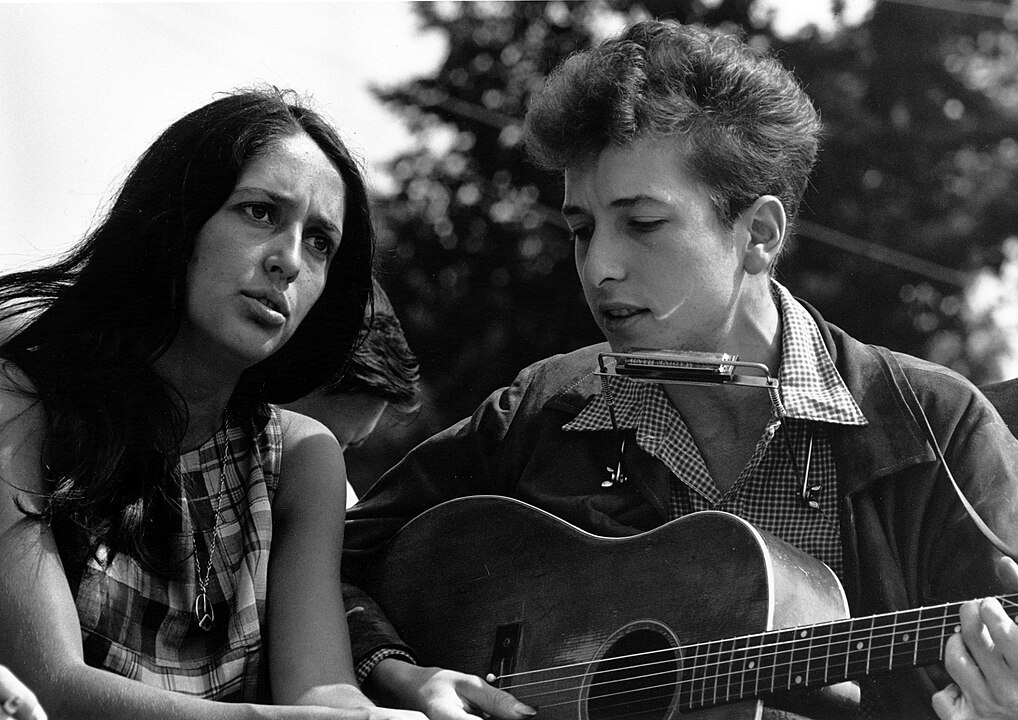
The Vietnam War deeply influenced American music. Protest anthems from artists like Bob Dylan, Creedence Clearwater Revival, and Joan Baez captured the pain, anger, and confusion of the time. These songs gave a voice to young people questioning authority and helped shape the soundtrack of an era. Even today, they remain powerful reminders of how music and war can collide in culture-shifting ways.
